Home>Furniture & Design>Bathroom Accessories>How To Vent A Bathroom Exhaust Fan
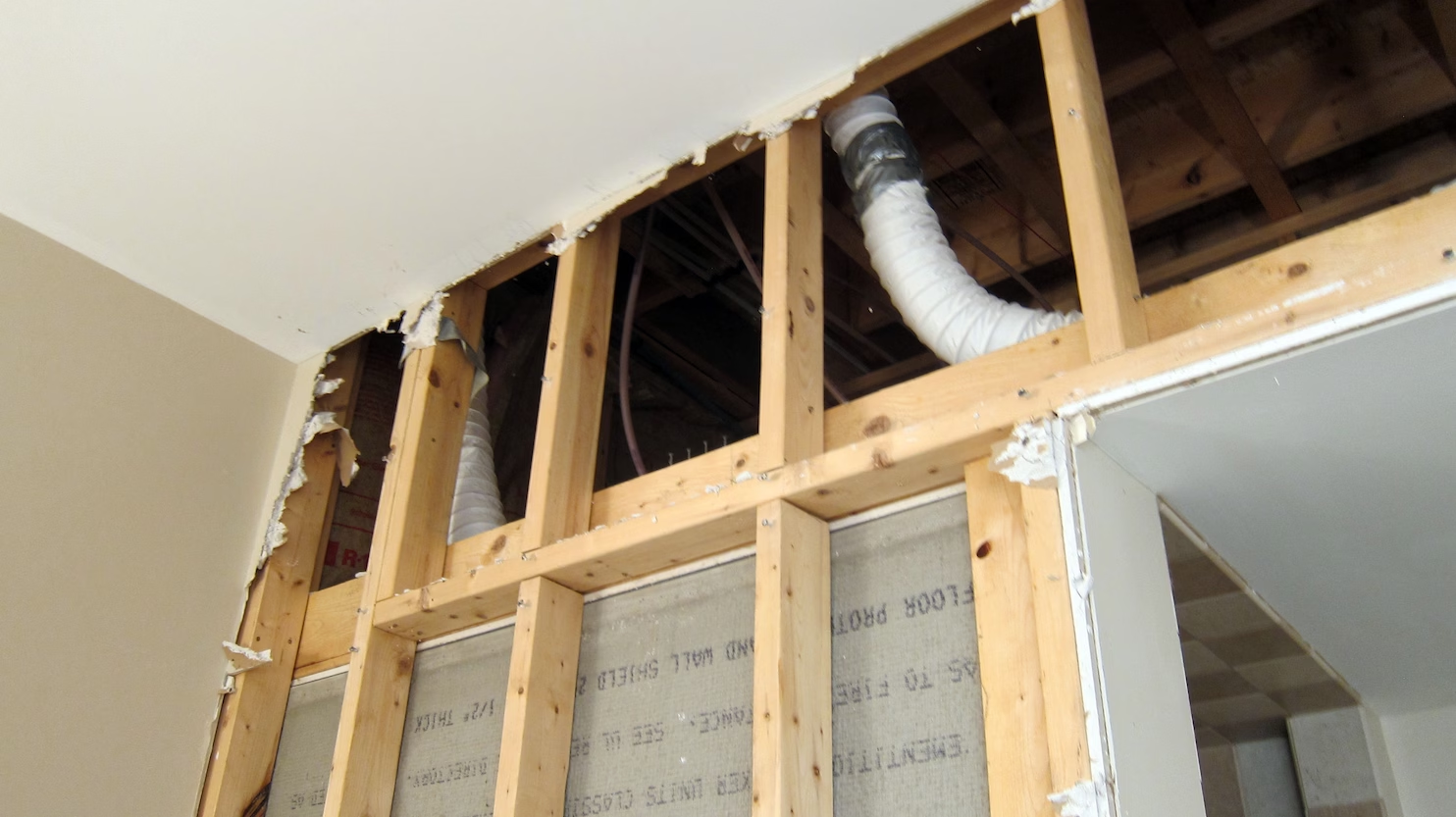

Bathroom Accessories
How To Vent A Bathroom Exhaust Fan
Modified: February 29, 2024
Learn how to properly vent a bathroom exhaust fan to improve air quality and prevent moisture buildup. Find the best bathroom accessories for effective ventilation.
(Many of the links in this article redirect to a specific reviewed product. Your purchase of these products through affiliate links helps to generate commission for Storables.com, at no extra cost. Learn more)
Introduction
Proper ventilation is crucial for maintaining a healthy and comfortable bathroom environment. A well-functioning bathroom exhaust fan not only helps to eliminate excess moisture and odors but also prevents the formation of mold and mildew. In this comprehensive guide, we will walk you through the essential steps to effectively vent a bathroom exhaust fan. Whether you are upgrading an existing ventilation system or installing a new one, this step-by-step process will ensure that your bathroom remains fresh and dry.
Adequate ventilation is particularly important in bathrooms due to the high levels of humidity generated by showers, baths, and sinks. Without proper ventilation, this moisture can linger in the air, leading to dampness and potential damage to walls, ceilings, and fixtures. Additionally, the accumulation of moisture provides an ideal breeding ground for mold and mildew, which can pose health risks and compromise the structural integrity of the bathroom.
By understanding the key principles of venting a bathroom exhaust fan, you can effectively mitigate these issues and maintain a clean, comfortable, and healthy bathroom environment. From determining the optimal ventilation location to installing the ductwork and connecting it to the exhaust fan, each step plays a crucial role in ensuring the proper function of the ventilation system.
Whether you are a seasoned DIY enthusiast or a homeowner looking to tackle a new project, this guide will equip you with the knowledge and confidence to successfully vent your bathroom exhaust fan. With the right tools, materials, and a clear understanding of the process, you can enhance the functionality of your bathroom while safeguarding it against the damaging effects of excess moisture.
Now, let's delve into the step-by-step process of venting a bathroom exhaust fan, empowering you to create a well-ventilated and inviting bathroom space.
Key Takeaways:
- Proper ventilation is crucial for a healthy bathroom. By following the steps in this guide, you can install a bathroom exhaust fan to prevent mold, maintain air quality, and create a comfortable space.
- Testing the ventilation system ensures it effectively removes moisture. With a well-ventilated bathroom, you can enjoy a healthier and more inviting home environment.
Read more: How To Vent A Basement Bathroom Exhaust Fan
Step 1: Determine the Proper Ventilation Location
The first and most crucial step in venting a bathroom exhaust fan is determining the optimal location for the ventilation system. The ideal placement of the exhaust fan and its associated ductwork directly impacts its effectiveness in removing moisture and odors from the bathroom. When selecting the ventilation location, several factors must be considered to ensure efficient operation and compliance with building codes.
Consider Airflow and Moisture Accumulation
Begin by assessing the layout of your bathroom to identify areas where moisture tends to accumulate. Typically, the ventilation system should be positioned near the source of moisture, such as the shower or bathtub, to swiftly remove humid air. Additionally, it's essential to consider the airflow patterns within the bathroom to determine the most strategic location for the exhaust fan. By placing the fan in an area where airflow is optimized, you can enhance its ability to extract moisture effectively.
Evaluate Building Codes and Regulations
Before finalizing the ventilation location, familiarize yourself with local building codes and regulations governing the installation of bathroom exhaust fans. These codes often specify the minimum distance required between the exhaust outlet and adjacent structures, such as windows and doors, to prevent the re-entry of expelled air. By adhering to these guidelines, you can ensure that your ventilation system meets safety and compliance standards.
Assess Accessibility for Ductwork Installation
Another critical consideration when determining the ventilation location is the accessibility for installing the ductwork that will connect the exhaust fan to the exterior of the building. The most efficient route for the ductwork should be identified, taking into account any potential obstacles such as wiring, plumbing, or structural elements. By selecting a location that facilitates the installation of ductwork with minimal obstructions, you can streamline the venting process and optimize the performance of the exhaust fan.
By carefully evaluating these factors, you can pinpoint the most suitable location for venting your bathroom exhaust fan. This thoughtful approach sets the foundation for a well-designed ventilation system that effectively mitigates moisture and maintains a comfortable and healthy bathroom environment. Once the proper ventilation location has been determined, you can proceed to gather the necessary tools and materials for the installation process.
Read more: How To Fix Bathroom Exhaust Fan
Step 2: Gather Necessary Tools and Materials
Before embarking on the installation of a bathroom exhaust fan ventilation system, it is essential to gather the requisite tools and materials to ensure a smooth and efficient process. By assembling the necessary items beforehand, you can streamline the installation and minimize interruptions, ultimately leading to a successful outcome.
Essential Tools
- Screwdriver Set: A versatile screwdriver set with various head types will be indispensable for securing the exhaust fan and mounting brackets.
- Utility Knife: A sharp utility knife is essential for precise cutting of ductwork and insulation materials.
- Measuring Tape: Accurate measurements are crucial during the installation process, making a measuring tape an indispensable tool.
- Cordless Drill: A cordless drill with appropriate drill bits will facilitate the mounting of the exhaust fan and the creation of openings for ductwork.
- Adjustable Wrench: An adjustable wrench will be necessary for tightening fasteners and securing duct connections.
- Hacksaw: In cases where ductwork needs to be trimmed to fit, a hacksaw will enable clean and precise cuts.
Required Materials
- Bathroom Exhaust Fan: Select a high-quality exhaust fan that is appropriately sized for your bathroom to ensure effective ventilation.
- Ventilation Ductwork: Acquire rigid or flexible ductwork, depending on the layout of your bathroom and the designated ventilation route.
- Vent Cap: A vent cap or hood is essential for preventing backdrafts and the entry of debris or pests into the ductwork.
- Mounting Hardware: Ensure you have the necessary screws and fasteners to securely install the exhaust fan and mount the ductwork.
- Duct Tape or Foil Tape: High-quality duct tape or foil tape will be required for sealing joints and connections within the ductwork.
- Ventilation Grille: Select a ventilation grille that complements the design of your bathroom and provides an aesthetically pleasing finish.
- Insulation: Depending on the climate and building requirements, insulation may be necessary to prevent condensation within the ductwork.
By gathering these essential tools and materials, you will be well-prepared to proceed with the installation of your bathroom exhaust fan ventilation system. This proactive approach sets the stage for a successful and efficient venting process, ensuring that you have everything needed to complete the installation with precision and confidence. With the tools and materials in hand, you are ready to progress to the next step of installing the ductwork, bringing you closer to achieving effective ventilation in your bathroom.
Step 3: Install the Ductwork
Installing the ductwork is a critical phase in the process of venting a bathroom exhaust fan. The ductwork serves as the conduit through which moist air is channeled from the exhaust fan to the exterior of the building, effectively removing it from the bathroom. Proper installation of the ductwork is essential to ensure efficient airflow, prevent moisture buildup, and maintain the structural integrity of the building. Here's a detailed overview of the steps involved in installing the ductwork for your bathroom exhaust fan ventilation system.
1. Plan the Duct Route
Before commencing the installation, carefully plan the route that the ductwork will follow from the exhaust fan to the exterior of the building. Consider the most direct and unobstructed path, minimizing bends and turns to facilitate optimal airflow. If using flexible ductwork, ensure that it is stretched taut to avoid sagging, which can impede airflow and lead to moisture accumulation.
2. Cut Openings
Using a suitable cutting tool, create openings in the walls or ceiling as necessary to accommodate the ductwork. Exercise caution to avoid damaging existing wiring, plumbing, or structural components. The size of the openings should correspond to the diameter of the ductwork, allowing for a secure and properly sealed connection.
3. Secure the Ductwork
Carefully position the ductwork, ensuring a secure and airtight connection to the exhaust fan outlet. Use appropriate fasteners and supports to anchor the ductwork in place, minimizing the risk of sagging or dislodgment over time. Pay close attention to any joints or connections, sealing them with high-quality duct tape or foil tape to prevent air leaks.
4. Install Vent Cap
At the exterior termination point of the ductwork, install a vent cap or hood to prevent backdrafts and the entry of debris, pests, or inclement weather. The vent cap should be securely attached and positioned to facilitate the unobstructed expulsion of moist air while providing protection against external elements.
Read more: What Is An Exhaust Fan
5. Insulate the Ductwork
In regions where temperature differentials may cause condensation within the ductwork, consider insulating the ducts to prevent moisture buildup. Proper insulation helps maintain the efficiency of the ventilation system and protects against potential water damage caused by condensation.
By meticulously following these steps, you can effectively install the ductwork for your bathroom exhaust fan ventilation system, ensuring optimal airflow and the efficient removal of moisture from your bathroom. With the ductwork in place, you are now ready to proceed to the next phase of connecting the ductwork to the exhaust fan, bringing you closer to the successful completion of your ventilation project.
Step 4: Connect the Ductwork to the Exhaust Fan
With the ductwork securely installed, the next crucial step is to connect it to the exhaust fan, establishing a seamless pathway for the expulsion of moist air from the bathroom. This phase of the ventilation system installation ensures that the exhaust fan effectively channels humid air to the exterior, preventing the accumulation of moisture within the bathroom. Here's a detailed overview of the process involved in connecting the ductwork to the exhaust fan, culminating in the integration of the ventilation system.
1. Position the Exhaust Fan
Begin by positioning the exhaust fan in the designated location, ensuring that it aligns with the pre-installed mounting brackets or support structure. Carefully secure the fan in place, following the manufacturer's instructions and recommendations for proper mounting. The fan should be positioned to optimize airflow and facilitate a direct connection to the ductwork, minimizing bends or obstructions that could impede the expulsion of moist air.
2. Connect the Ductwork
Attach the end of the ductwork to the outlet of the exhaust fan, creating a secure and airtight connection. Depending on the type of ductwork used, this may involve fastening clamps, applying adhesive sealant, or utilizing compatible connectors provided by the exhaust fan manufacturer. It is essential to ensure that the connection is firmly sealed to prevent air leaks, maximizing the efficiency of the ventilation system.
Read more: Where Does A Bathroom Exhaust Fan Vent To
3. Seal the Connection
Once the ductwork is connected to the exhaust fan, carefully inspect the junction to verify that it is properly sealed. Any gaps or potential air leaks should be addressed using high-quality duct tape or foil tape, effectively securing the connection and preventing the escape of moist air into the surrounding space. A well-sealed connection is vital for maintaining the effectiveness of the ventilation system and preventing the infiltration of humid air into the bathroom.
4. Test the Exhaust Fan
Before completing the installation, test the exhaust fan to ensure that it is functioning as intended. Verify that the fan expels air through the connected ductwork and that there are no unusual noises or vibrations indicating potential issues. This test allows you to confirm the proper integration of the exhaust fan with the ductwork, providing assurance that the ventilation system is ready for operation.
By meticulously following these steps, you can effectively connect the ductwork to the exhaust fan, establishing a cohesive and efficient ventilation system for your bathroom. With the integration of the exhaust fan and ductwork complete, the final phase involves testing the ventilation system to confirm its functionality, bringing you closer to the successful completion of your bathroom exhaust fan installation.
Step 5: Test the Ventilation System
After completing the installation of the bathroom exhaust fan and its associated ductwork, it is essential to conduct a thorough test of the ventilation system to ensure its proper functionality. Testing the ventilation system allows you to verify that the exhaust fan effectively expels moist air from the bathroom, contributing to a healthier and more comfortable environment. Here's a detailed overview of the crucial steps involved in testing the ventilation system, providing assurance that your installation has been successful.
1. Power On the Exhaust Fan
Begin by activating the exhaust fan to initiate the ventilation process. Verify that the fan operates smoothly and expels air through the connected ductwork. Listen for any unusual noises or vibrations that may indicate potential issues with the fan's motor or the ductwork connection. Observing the fan in action allows you to confirm that it is effectively removing moist air from the bathroom, contributing to improved air quality and moisture control.
Read more: How To Choose Bathroom Exhaust Fan
2. Check Airflow and Moisture Removal
As the exhaust fan operates, assess the airflow within the bathroom to ensure that moist air is being drawn out effectively. Place your hand near the ventilation grille to feel the airflow, confirming that the fan is creating negative pressure within the space, encouraging the expulsion of humid air. Additionally, observe any mirrors, windows, or surfaces within the bathroom to verify that excess moisture is being efficiently removed, indicating the successful operation of the ventilation system.
3. Verify Exterior Ventilation
Proceed to the exterior of the building to confirm that moist air is being expelled from the ductwork through the vent cap or hood. Observe the vent cap to ensure that it opens when the exhaust fan is operational, allowing moist air to exit while preventing the entry of external elements. This external verification provides assurance that the ventilation system is effectively channeling moist air out of the building, contributing to a drier and healthier indoor environment.
4. Address Any Issues
If during the testing process you encounter any issues such as inadequate airflow, unusual noises, or ineffective moisture removal, it is crucial to address these promptly. Potential solutions may include verifying the integrity of the ductwork connections, ensuring that the exhaust fan is appropriately sized for the bathroom, or addressing any obstructions that may impede airflow. By promptly addressing any issues, you can optimize the functionality of the ventilation system and ensure its long-term effectiveness.
By meticulously testing the ventilation system, you can confirm that your bathroom exhaust fan installation has been successful, contributing to improved air quality, moisture control, and the overall comfort of your bathroom. This comprehensive testing process provides assurance that the ventilation system is ready to fulfill its essential role in maintaining a healthy and inviting bathroom environment.
Conclusion
In conclusion, the successful venting of a bathroom exhaust fan is a pivotal step in maintaining a healthy, comfortable, and moisture-free bathroom environment. By following the comprehensive steps outlined in this guide, you have gained the knowledge and confidence to effectively install and integrate a ventilation system that mitigates excess moisture and promotes optimal air quality. From determining the ideal ventilation location to testing the functionality of the exhaust fan, each phase of the installation process plays a crucial role in ensuring the long-term effectiveness of the ventilation system.
Proper ventilation is essential for preventing the accumulation of moisture, which can lead to mold growth, structural damage, and compromised indoor air quality. By strategically placing the exhaust fan and carefully installing the ductwork, you have taken proactive measures to safeguard your bathroom against the detrimental effects of excess humidity. The thorough testing of the ventilation system provides assurance that it is ready to fulfill its vital role in maintaining a fresh, dry, and inviting bathroom space.
As a result of your diligent efforts in venting the bathroom exhaust fan, you have not only enhanced the comfort and functionality of your bathroom but also contributed to the overall well-being of your home. The successful installation of a well-designed ventilation system ensures that your bathroom remains a clean, healthy, and enjoyable space for you and your family.
It is important to note that while the installation process may present its challenges, the rewards of a well-ventilated bathroom far outweigh the initial efforts. By prioritizing proper ventilation, you have taken a proactive step in preserving the integrity of your bathroom and promoting a more hygienic and pleasant living environment.
In the journey of home improvement and maintenance, the installation of a bathroom exhaust fan ventilation system stands as a testament to your commitment to creating a space that prioritizes both functionality and comfort. With a well-ventilated bathroom, you can enjoy the peace of mind that comes with knowing that excess moisture and odors are effectively managed, contributing to a healthier and more inviting home environment.
Congratulations on successfully venting your bathroom exhaust fan, and may your efforts result in a consistently fresh, dry, and rejuvenating bathroom space for years to come.
Frequently Asked Questions about How To Vent A Bathroom Exhaust Fan
Was this page helpful?
At Storables.com, we guarantee accurate and reliable information. Our content, validated by Expert Board Contributors, is crafted following stringent Editorial Policies. We're committed to providing you with well-researched, expert-backed insights for all your informational needs.
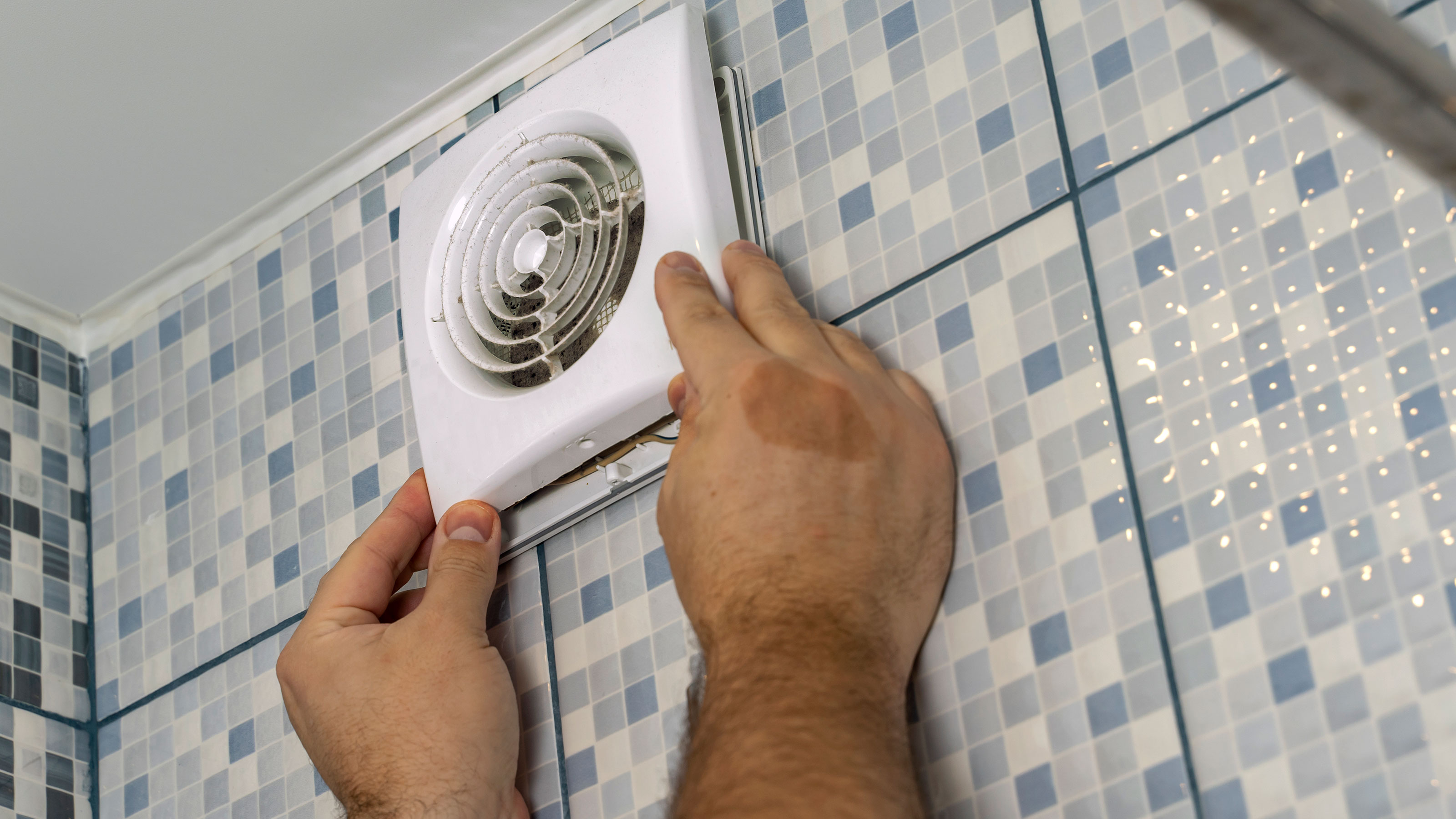
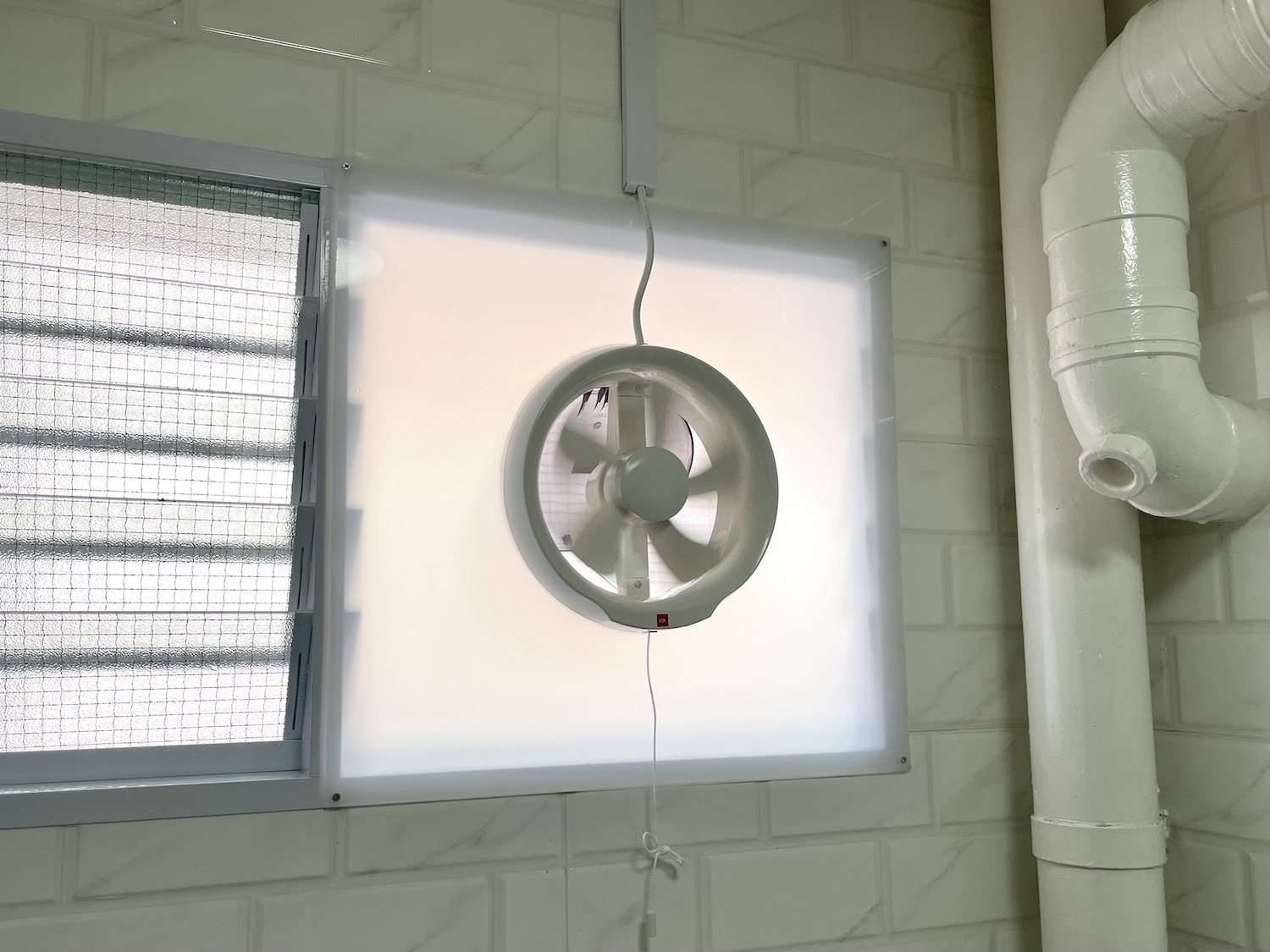
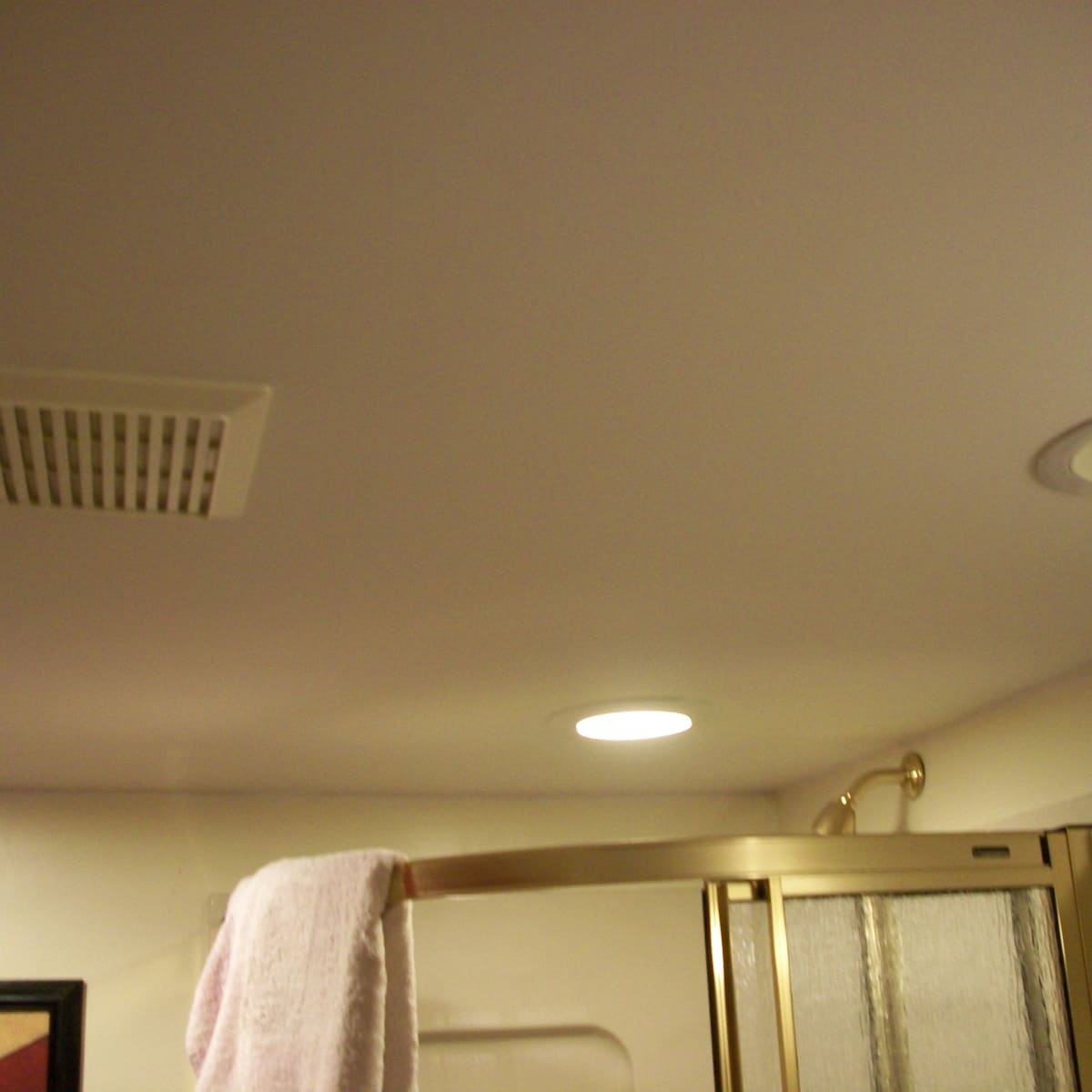
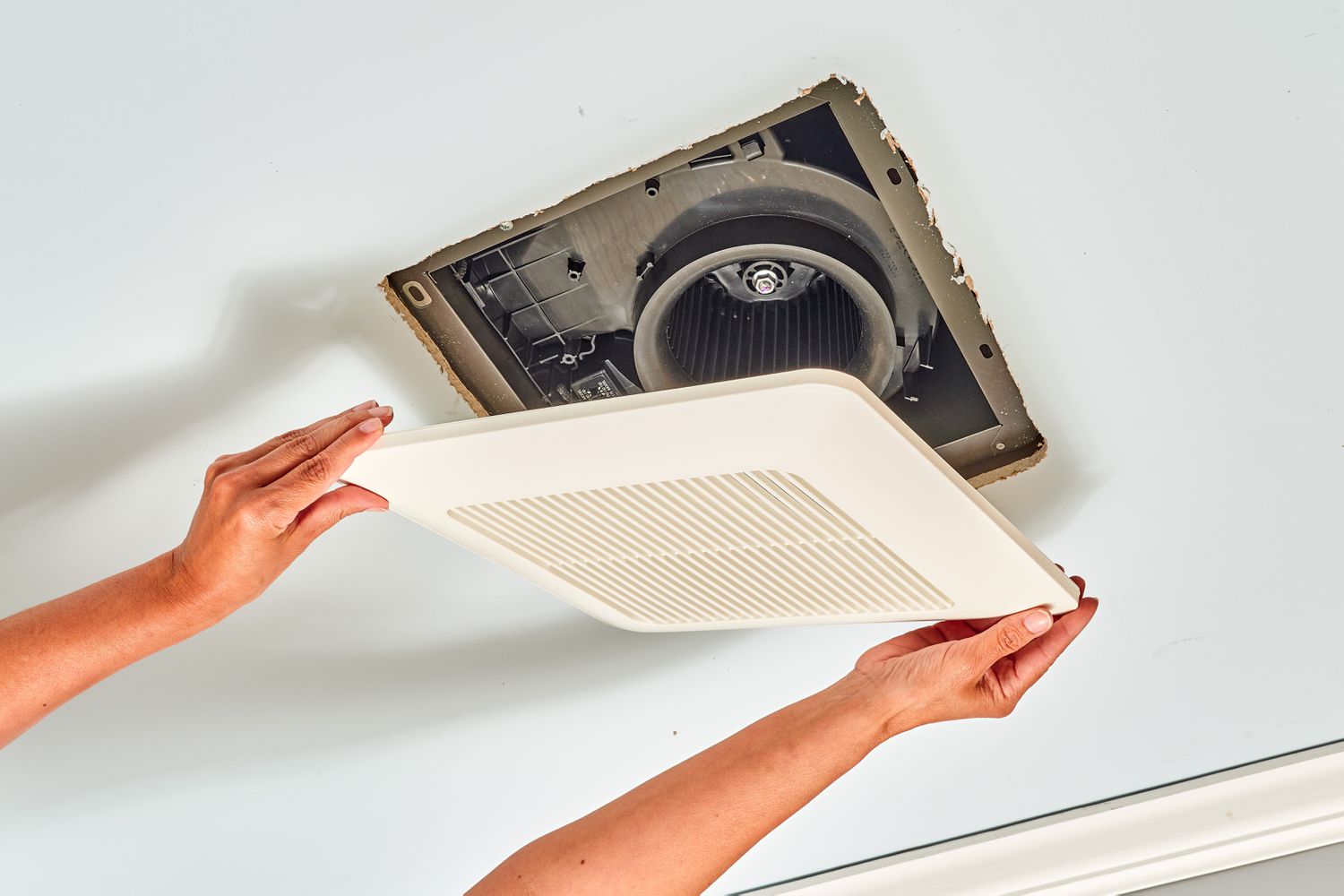
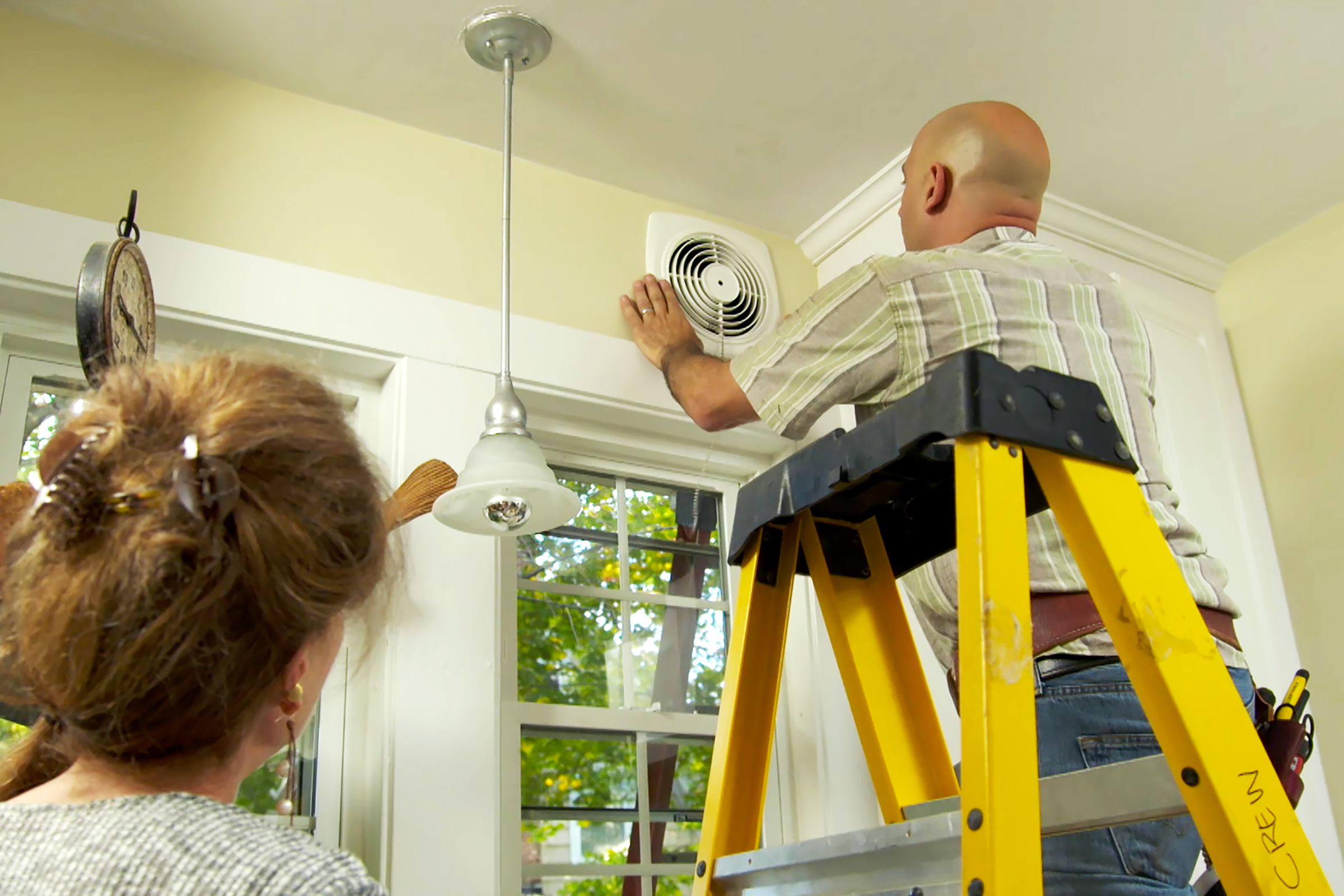
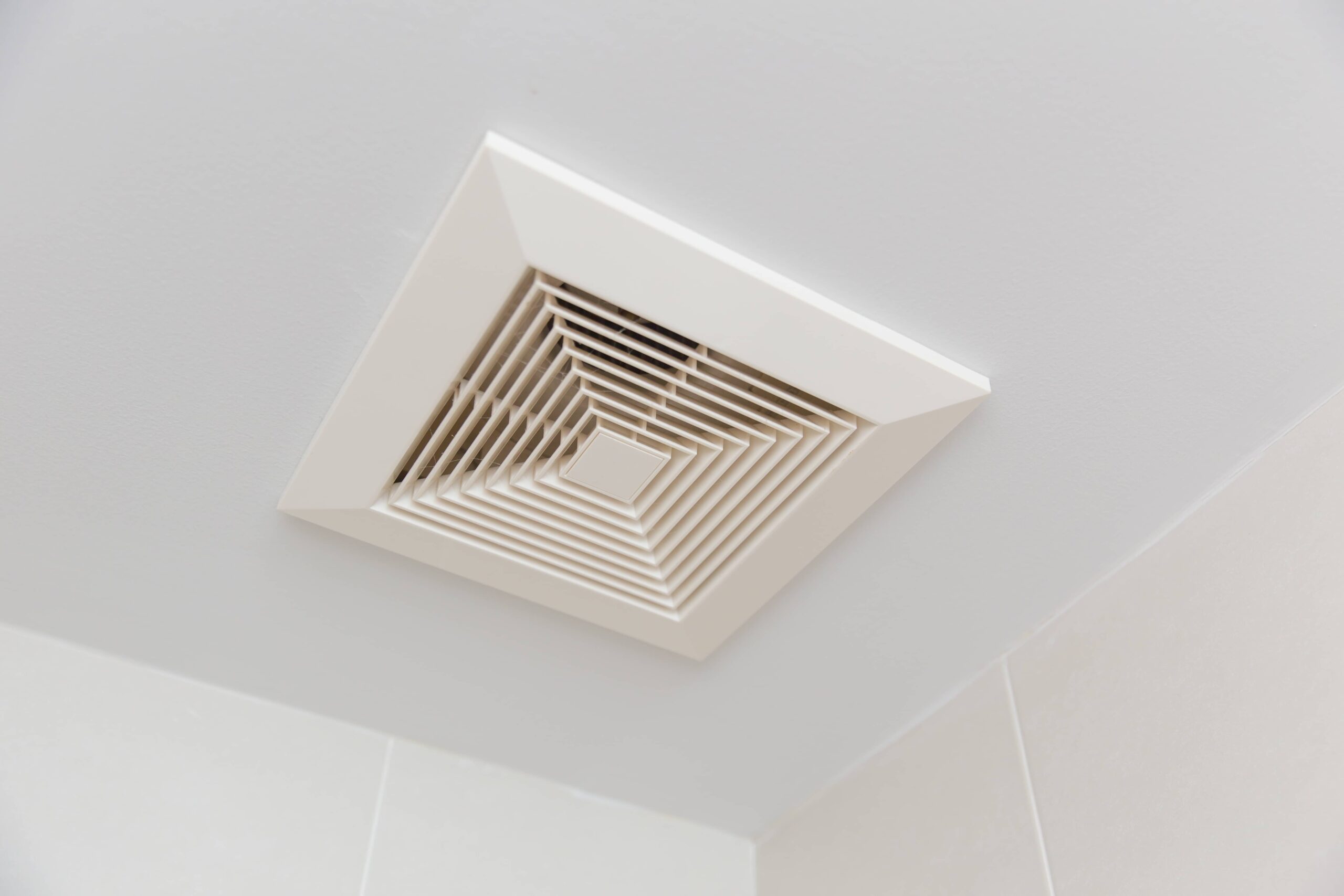
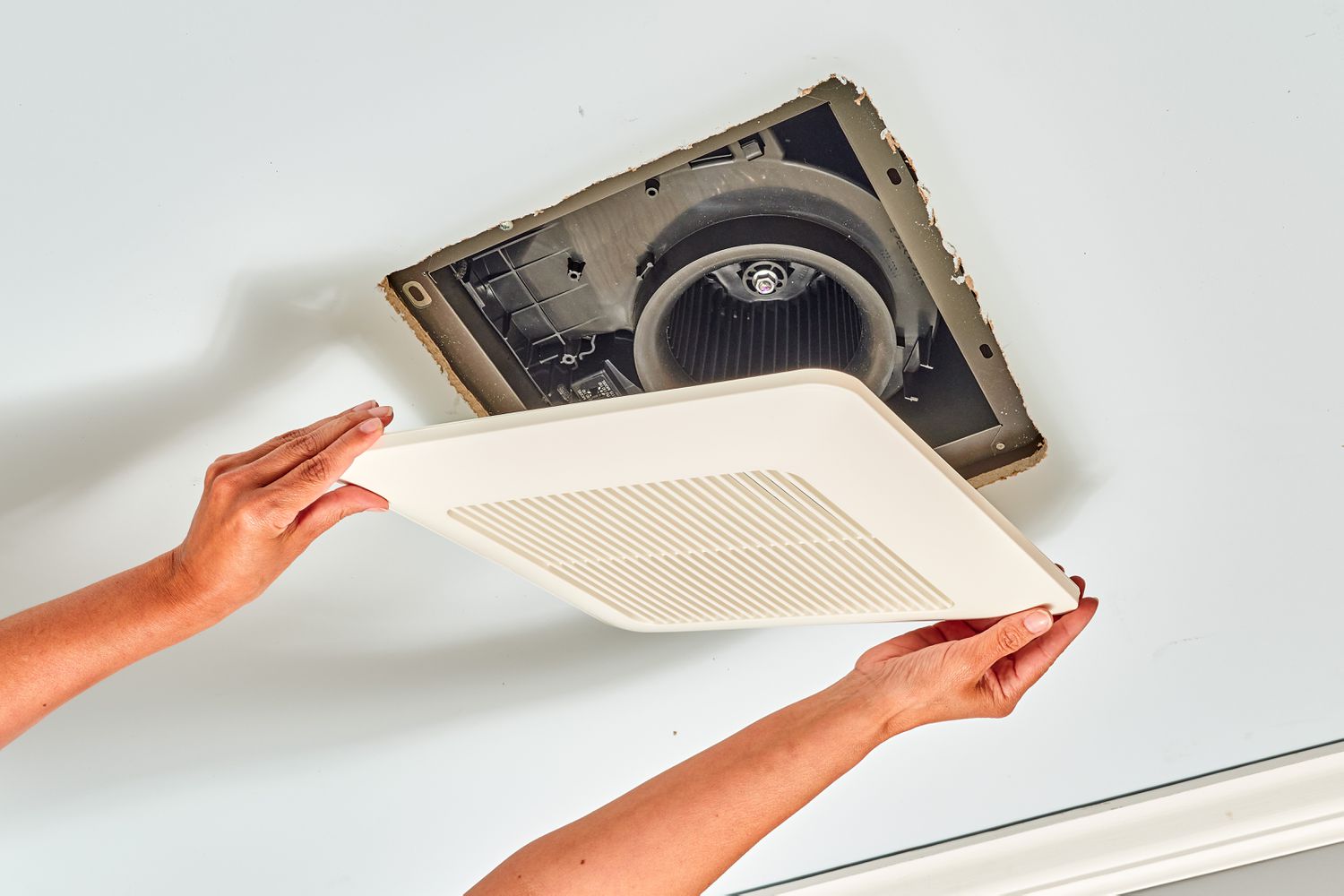
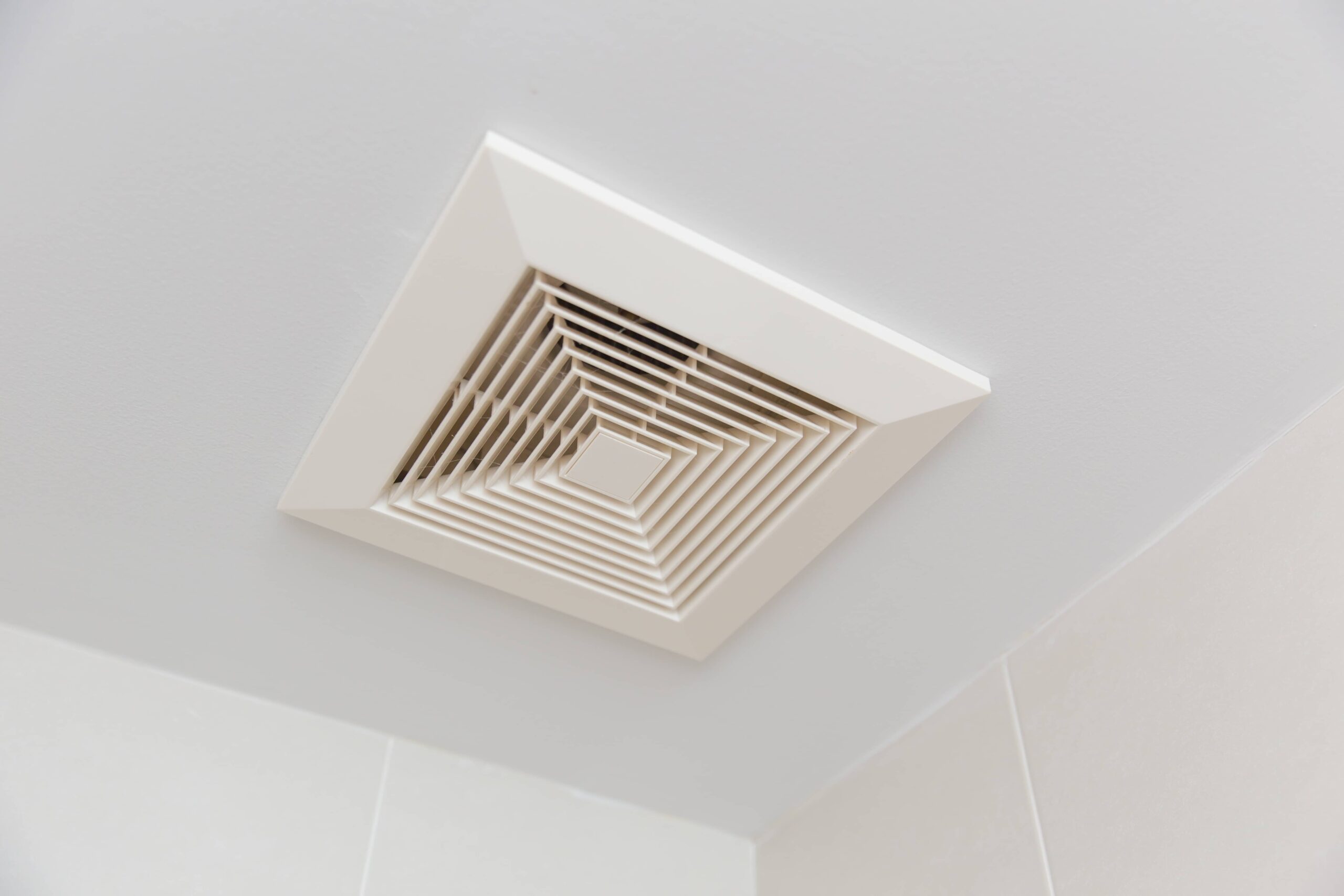
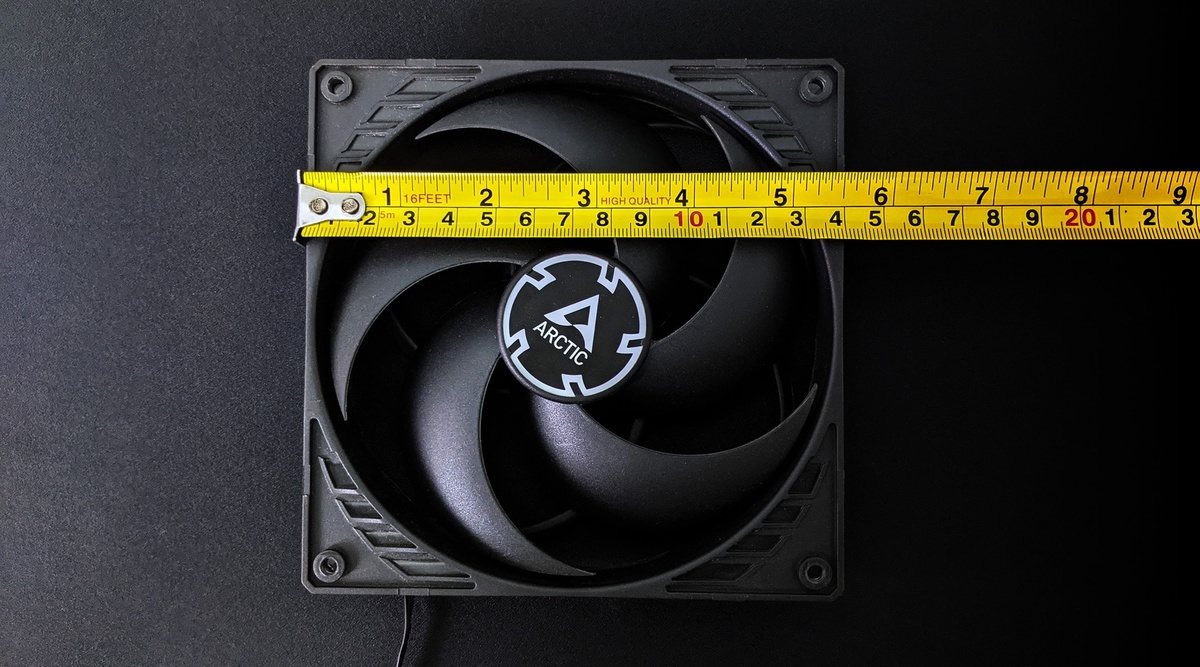
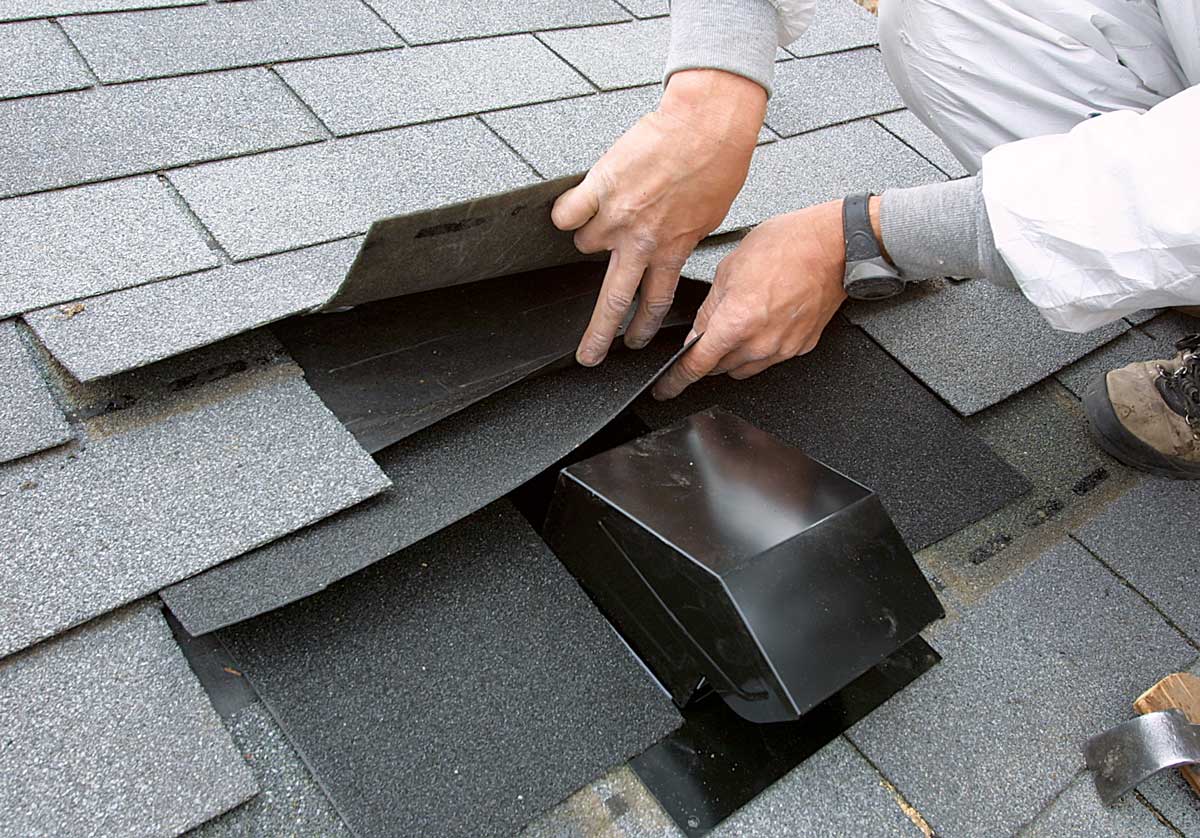

0 thoughts on “How To Vent A Bathroom Exhaust Fan”